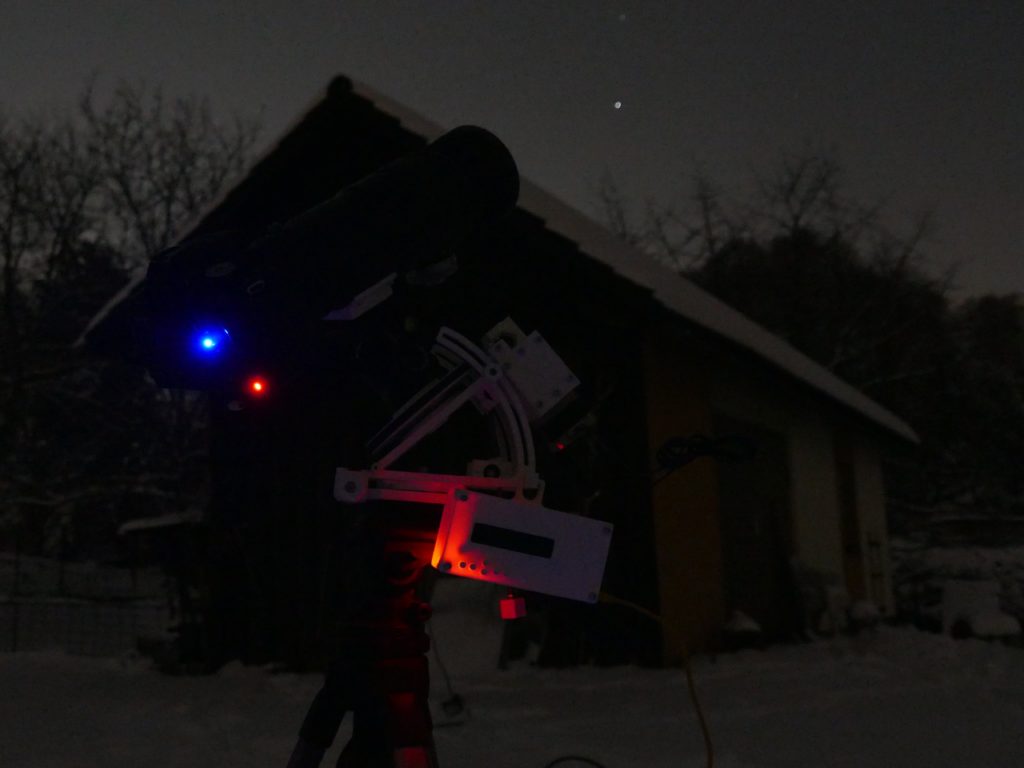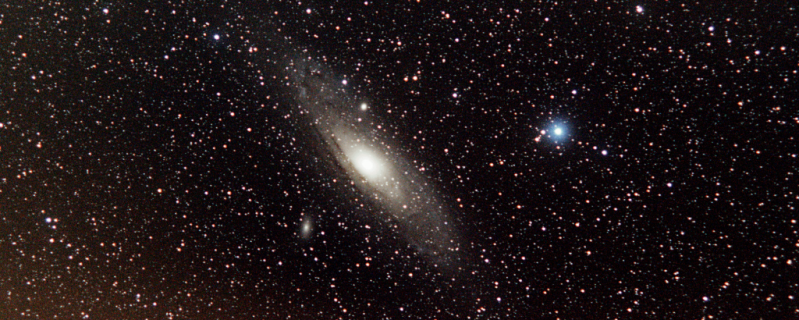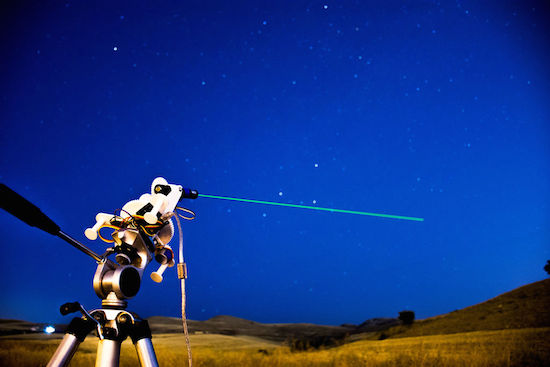19

Most modern digital cameras are perfectly capable of capturing photos of the stars. But many of them have trouble collecting the small amount of light available in a short amount of time, which means that you need to leave the shutter open for 30 seconds or more to get a decent exposure. That presents a problem, because the Earth rotates. As it does, the light from the stars leaves trails in your long-exposure photo. To overcome that issue, Ondra Gejdos designed this 3D-printable star tracker.
The purpose of a star tracker like this one is to move the camera in the opposite direction of the Earth’s spin in order to keep the stars still in the frame. That lets astrophotographers keep the shutter open as long as they need to to get proper exposure without star trails. The “OG-star-tracker” mounts to a standard tripod and the camera mounts to it. A single stepper provides rotation, and it is up to the user to set the angle properly for their position on the planet.

An Arduino Uno board controls the movement, though Gejdos also uploaded firmware for the Nano. It controls the stepper motor through a TMC2209 stepper driver. The 3D-printable design includes a gear box that dramatically reduces the stepper motor output, resulting in very smooth movement that shouldn’t create any blurriness in the photos.
The documentation is a little bit rough at the moment, but all of the files are on the GitHub page so you can build your own star tracker.
The post A 3D-printable, Arduino-controlled star tracker great for astrophotography appeared first on Arduino Blog.





